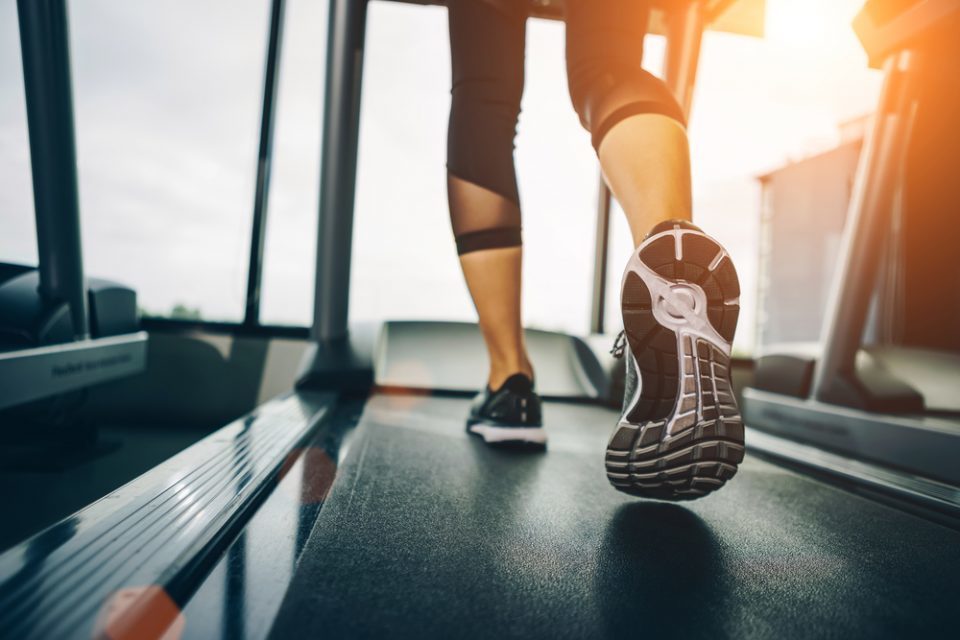
Gia Moran, a resident Hart Yoga instructor, was recently certified at The Institute of Yoga Sports Science in the Yoga for Athlete’s foundation course. She is bringing this wealth of knowledge and applying it to an exciting new class at The Hart: Yoga for Athlete’s every Tuesday and Thursday at 4pm.
An all levels class, it is designed to enhance strength and athletic performance. while improving balance and mental concentration. No matter what your sport, routine and consistent yoga postures specifically for athletes can address a wide range of issues. Below are some of the key components and benefits you can expect to receive from this dynamic new series designed for athlete’s of all shapes, sizes and levels!
- Improves Strength: Routine and consistent practice of the various yoga postures helps build strength and improve lean muscle mass. Most notably with respect to several muscle groups under-utilized. These gains enhance core body stability and significantly impede overuse injury by strengthening the supportive but otherwise under-developed muscles surrounding the more utilized muscles, creating a more balanced and optimally functional overall strength.
- Prevents injuries. The five main causes of sports injuries are lack of a careful warm-up, quick motions and twisting motions that stress joints, imbalance that trains one part of the body over others, tightness of highly trained muscles that lose flexibility, and overuse of the muscles. Yoga practice can help prevent injuries from the first four causes since yoga poses emphasize strengthening, stretching, and balance among all parts of the body. In sports like tennis, golf, and baseball pitching, imbalanced training is a serious problem. But yoga can bring the parts of the body back into balance, reducing the probability of injuries. It can also restore and preserve the flexibility that is often sacrificed by strength-building exercises by allowing the connective tissue to be restored through its emphasis on lengthening the muscles.
- Aids in dynamic body control– Here’s how it works in sport… Developing neuromuscular control through the application of sports-specific yoga sequencing techniques helps prepare the muscles to move and respond to rapid or unexpected directional changes. Integrating breathing and practicing low-level intensity movement patterns on the mat helps athletes to develop and enhance the links between the body and the brain. The low-level moves that athletes practice on the mat transfers to the high-level movement demands of their sport.
- Reduces stress, increases focus, and relieves tension– When working out is a major part of training, exercise can create stress instead of alleviating it. Yoga can help athletes work through those stresses. During difficult times the stress hormone cortisol is carried in the body. Practicing a series of movements, poses, and deep breathing as part of a yoga sequence, however, decreases the levels of cortisol, helping an athlete feel more relaxed. Another way yoga can help an athlete reduce stress is to require focusing on the pose, which means staying in the present instead of thinking about the past or the future. Working through the limbs and linking in performance affirmations, makes this an effective practice to help athletes reduce stress, promote a greater sense of wellbeing, regroup from their previous performance activity and feel better prepared for the next day’s training or event.



